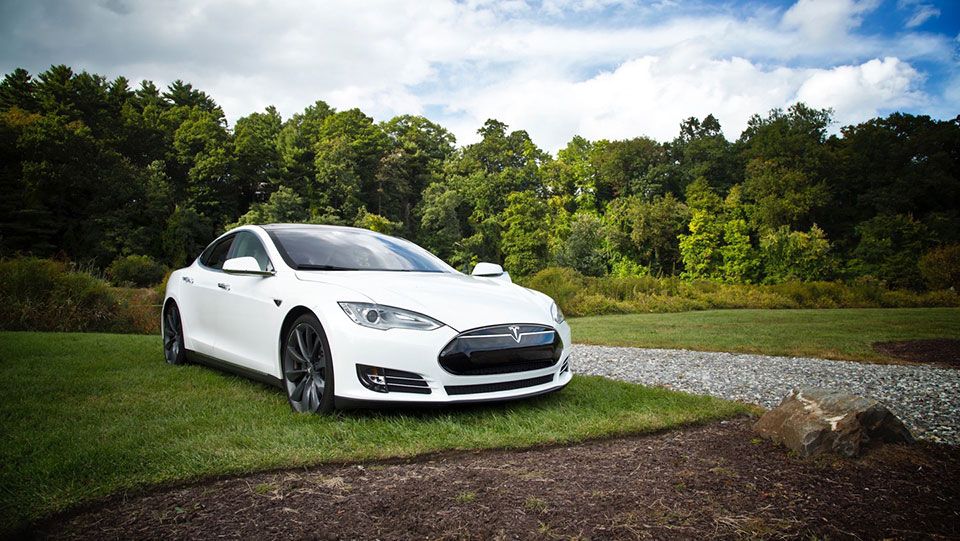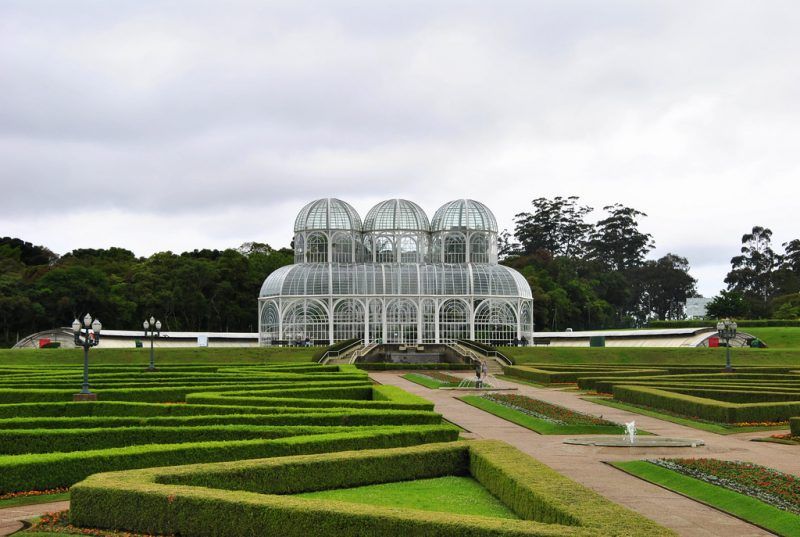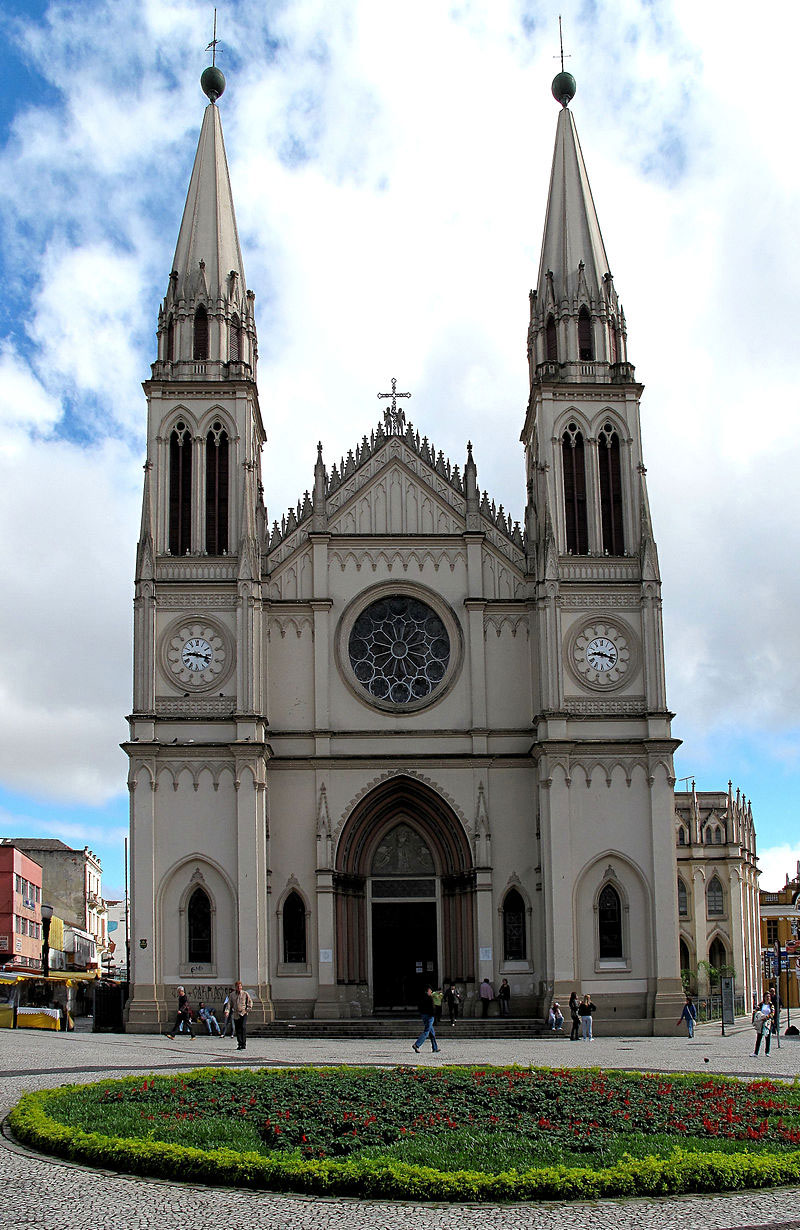All Northern European countries are leaders in world for environmental progress. Oslo, capital of Norway, is the third Scandinavian city to win the award – European Green Capital. The other two who previously won the title are Stockholm and Copenhagen.
Some places just care a bit more about the environment, their unique culture, the local community, and last but not least – your wellbeing. Travel smooth and visit a sustainable destination on your next adventure.
Norway provides free education, public pensions and universal healthcare for its residents, and is widely considered to be an exemplar of social and economic success.
Here are just some of the things Norway is doing better and the rest can learn from to make sure life on planet Earth remains sustainable.

Photo credit: Freepik.com
Electric Airplanes
Norway is working on an ambitious plan of creating electric airplanes by 2020. Rolls Royce and Siemens are currently partnering with Avinor, who owns all Norwegian airports on the idea for creating a full-electric hybrid plane by 2020. The goal is to convert all flights with a range up to 1.5 hours to these types of hybrid planes and to be 100% electric-operated by 2040.
Other benefits for the environment from this ambitious plan will result in lower carbon monoxide and greenhouse gas emissions, and also significantly less noise pollution in the skies.
Since the distances in Europe are shorter this 1,5 range flight would be enough to connect to the other Scandinavian countries.

Photo credit: Tesla car © Matt Henry / Unsplash
Electric cars
Since 2012, electric vehicles have contributed to a 35 per cent reduction in C02 emissions in the city, which helps improve air quality and public health. Oslo now has the highest number of electric vehicles in the world per capita.
In Norway electric cars industry has started to affect the oil industry – causing a drop of 2.2% in petroleum products sales. The numbers show that one in two cars bought in Norway is electric, which is the highest rate than any other country.
Over the past few years, Norway has shown a growing interest in electric vehicles – thanks to the government which stimulates people who choose electric cars and it is connected to Norway’s plan to end sales of traditional gas and diesel vehicles by year 2025, which is great for the environment. The ambitious plan don’t stop here. Oslo plans to have reduced 95% of its CO2 commissions by 2030, making the Scandinavian capital one of the leading cities in the world when it comes to air cleanliness.
Reducing food waste
Norway has a sustainable perspective in regards to the food industry and food waste, which many countries in the world struggle with this environmental issue. Many companies in the food and hospitality industry have been using the Too Good to Go app to reduce food waste. The way the app works is by matching leftover food from various restaurants, hotels, bakeries and cafes with people who would rather buy those than see them go to waste. The prices are off course lower than those featured by supermarkets and shops.
The initiative has been successful and it shows a growth in the number of people and facilities using and interested in this app.
The Seed Vault
The Seed Vault on the Svalbard archipelago is specifically design to preserve over a million seeds of plants from all over the world in permafrost, and used in case of various disasters such a global catastrophe like nuclear war, geopolitical disaster or climate change. Recently, Norway invested USD $ 13 million to modernize it, for the vault’s 10-year anniversary.
Reduction of plastic use
Norwegian supermarkets are coming together in a combined effort to reduce plastic bags and packaging. Some of the steps are adding an extra charge for using plastic bags or has been replacing the plastic ones with paper or recycled ones. Fruit and vegetable packaging is getting drastically reducing the plastic used to package products. All these changes are expected to help reduce up to 1,260 tons of plastic by 2020.
Many businesses started to use business signs only manufactured form recycled materials to align better to Norway’s waste reduction goals.
Plogging
This new concept originated from Stockholm and has now reached in other countries. The idea behind is simple – a way of doing some good for the planet while also exercising. It is especially practical in areas like forests.
Plogging is a new, ingenious way of doing some good for the planet while also exercising. It started in Stockholm and has now fully reached Norway. You will see many Norwegians going for plogging in forested areas, where the waste collection process is not so frequent, picking up any litter they may find along the way to recycle it.
The Pant System
The pant system is not new and it has been implemented in numerous European countries. The system is a reward-based. Here is how it works: people purchase goods in plastic bottles or aluminum cans pay a higher price for the good. If they return the bottles or cans they will receive monetary rewards. Those type of return machines are installed in all supermarkets. You can either use the receipt from that machine in same store or exchange for the money, oryou can donate your receipt to charity.
Read more stories about Norway and how they contribute to a better world.












